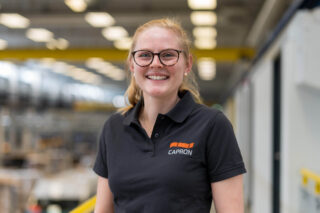Innovative production logistics
Efficient transport control using smart watch and Orchestra
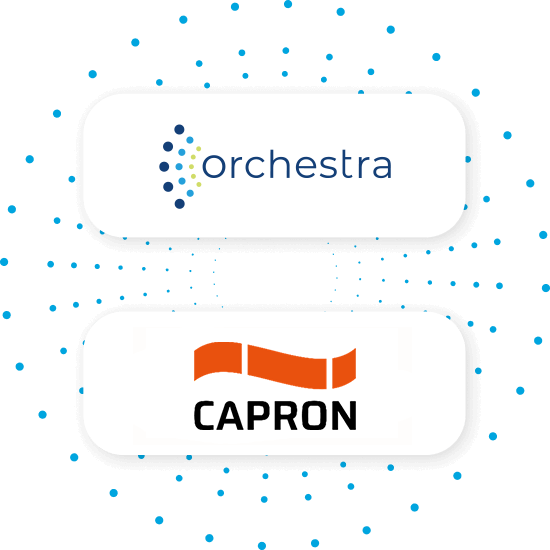
Innovative approaches for more efficient production logistics
Advancing digitalization and increasing demands for efficiency and flexibility in production logistics require innovative solutions. One promising development is the integration of smart watches in combination with our powerful Orchestra low-code data integration platform. These combined technologies enable precise and efficient control of transport processes within the production environment. Through real-time data transmission and user-friendly interfaces, the movements of production orders can be controlled and monitored at all times. Our Orchestra middleware acts as a central communication platform that seamlessly connects different systems and devices. This reduces response times, minimizes errors and improves overall productivity.
CAPRON’s initial situation
The transport control of internal production logistics at CAPRON faced a number of challenges at the start of the collaboration. Internal coordination had to be improved, as orders in the prefabrication areas for wood processing were not optimally distributed. However, efficient control of production was made more difficult by the lack of real-time information on transport status, which meant that there was no transparency. In addition, time was regularly lost due to the selection of sub-optimal routes. As a result, the production of wooden parts and similar elements was inefficient. The increasing production volumes also posed a problem: If the production volumes increased, the complexity in production also increased, which prevented scaling.
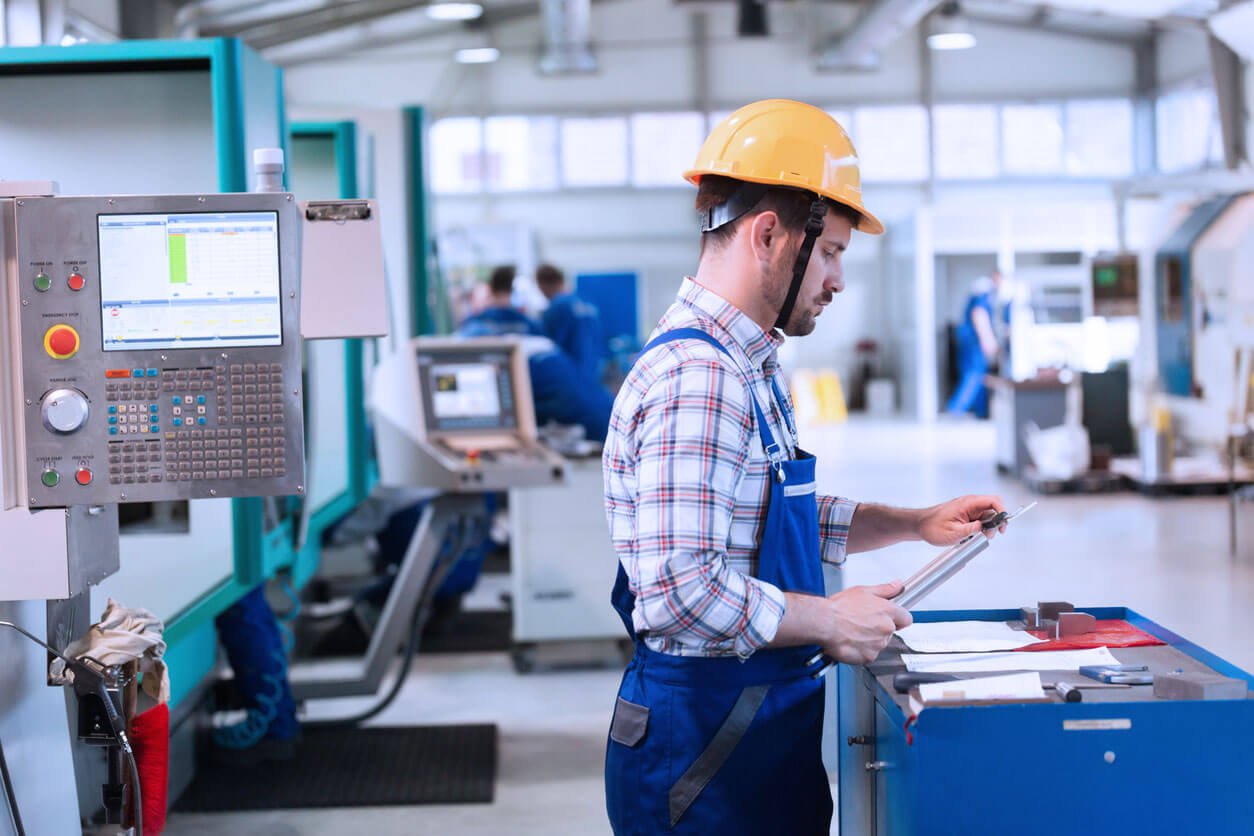
Integration of the NIMMSTA smart watches
For the technical implementation of a transport control system, CAPRON opted for smart watches from the manufacturer NIMMSTA. This is because they are small and handy, provide visual and acoustic feedback and offer the option of entering data or performing confirmations/cancels via a touch display. The screen interface can be individually designed so that it can be ideally adapted to the individual application.
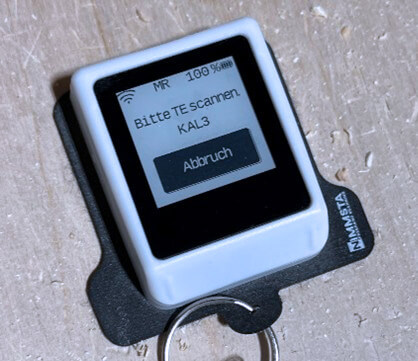
Connection to the MES cronetwork
Orchestra was used to connect the NIMMSTA smart watches to the cronetwork MES system of our partner Industrie Informatik, which is the leading system on the store floor.
Our team of experts programmed a dedicated channel for Juno, which can be used for communication between the smart watch and Orchestra. This meant that nothing stood in the way of successful project implementation.
Requirements for the future
transport control system
In order to solve the existing difficulties of internal production logistics in the prefabrication areas of wood processing, an ideal process was defined, which was to be made possible by the introduction of an innovative solution. A combination of our Orchestra low-code platform and NIMMSTA smart watches was chosen for this purpose.
The requirements for the process
To create added value for the worker terminals on CAPRON’s store floor, communication had to be established between the NIMMSTA smart watches and the Manufacturing Service Bus (MSB) server. This is because the scan codes captured by the smart watch are sent to the MSB, evaluated and processed. The result is displayed to the worker on the smart watch. The optional touch inputs made by the worker are evaluated by the MSB and taken into account in the workflow.
The requirements for the functions
Scan, button and touch events from the NIMMSTA smart watch must be transmitted smoothly to the MSB server. In addition, the information provided by the MSB must be displayed visually and/or acoustically on the smart watch. This mainly involves two specific pieces of information:
Ok message
The information must be displayed on the smart watch and shown to the worker by vibrating once and flashing green.
Error message
The error information is displayed on the smart watch and is indicated to the worker by repeated vibration and red flashing.
Additional conditions
In order to create the greatest possible added value through the introduction of Orchestra, the following points should also be taken into account:
Technical implementation
Once the channel for Juno had been programmed, which was used for communication between the NIMMSTA smart watch and Orchestra, the booking logic was outsourced centrally to the MSB.
The individually developed Orchestra component starts a WebSocket application provided by NIMMSTA, which the Orchestra component can then connect to. This is then used to communicate events and commands from the smart watch. This is a Juno instance on the terminal computer.
The IT architecture is shown in the figure on the right.
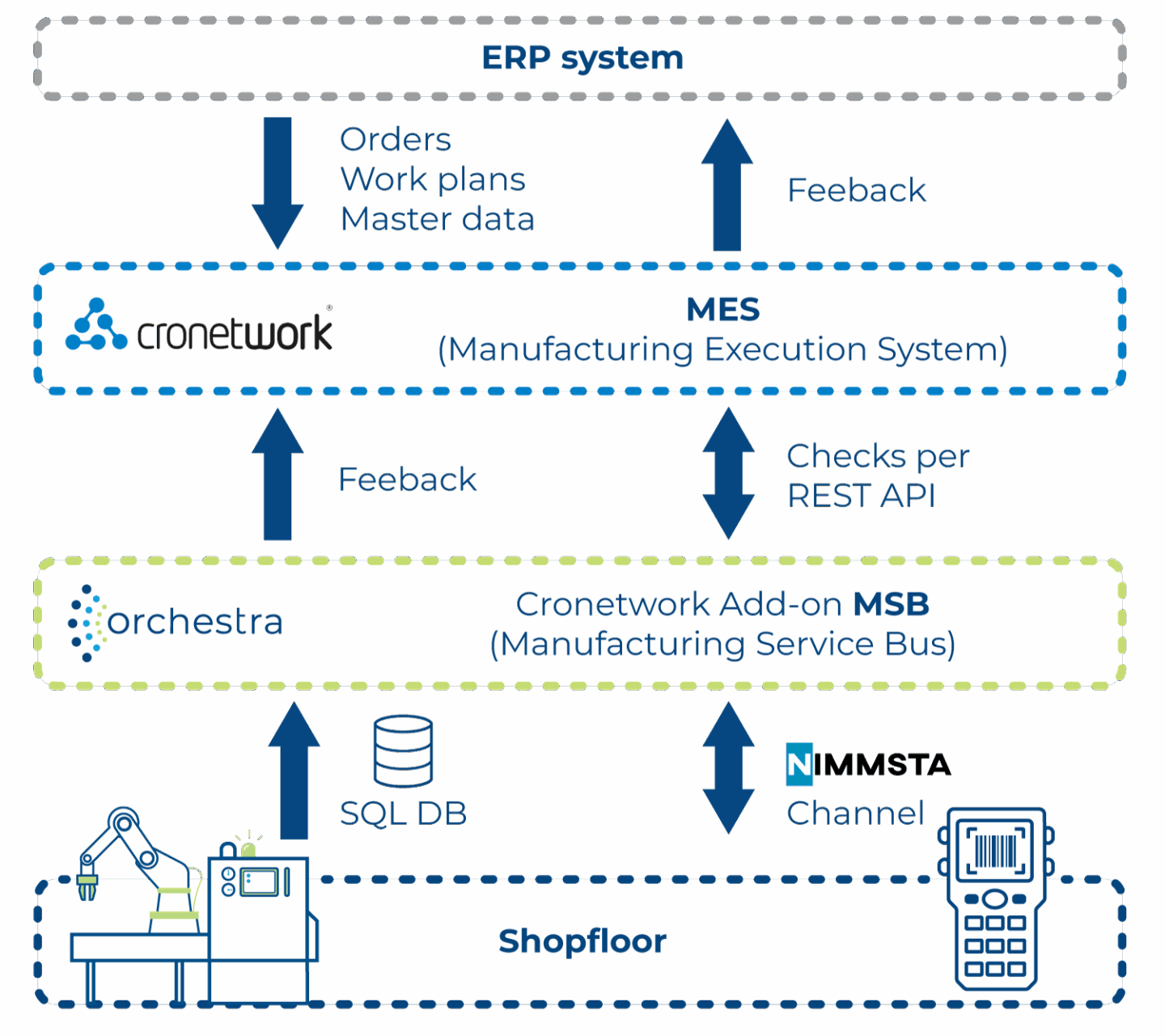
By introducing Orchestra as a central communication platform for our internal production logistics in our prefabrication areas of wood processing, we expected increased transparency within production in real time. We also wanted to ensure that the production flow is predefined by our MES system and thus becomes more efficient. We have successfully achieved these goals.
The results
By implementing Orchestra, CAPRON was able to significantly optimize its production logistics and raise it to a new technical level. You now benefit from many improvements:
Sarah Blomeier

